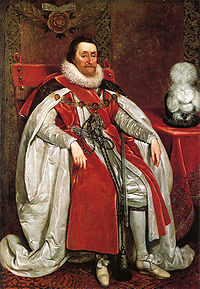| This Week’s Topic… | |||

Best viewed in
|
Scottish Independence Scotland was an independent country from its foundation in the Early Middle Ages (traditionally 843) until 1707 with the Act of Union. The Acts of Union were two Acts of Parliament: the Union with Scotland Act 1706 passed by the Parliament of England and the Union with England Act passed in 1707 by the Parliament of Scotland. They were put into effect the terms of the Treaty of Union that had been agreed on 22 July 1706, following negotiation between commissioners representing the parliaments of the two countries. The Acts joined the Kingdom of England and the Kingdom of Scotland (previously separate states, with separate legislatures but with the same monarch) into a single, united kingdom named "Great Britain".
From the mid-19th century, calls for the devolution of control over Scottish affairs began to be raised, but support for full independence remained limited. The "home rule" movement for a Scottish Assembly was first taken up in 1853 by a body close to the Conservative Party, complaining about the fact that Ireland received more support from the British Government than Scotland and soon began to receive Liberal Party backing. In 1921, the Scots National League formed as a body primarily based in London seeking Scottish independence, largely influenced by Sinn Féin. They established the Scots Independent newspaper in 1926 and in 1928 they helped the Glasgow University Scottish Nationalist Association form the National Party of Scotland, aiming for a separate Scottish state. One of the founders was Hugh MacDiarmid, a poet who had begun promoting a Scottish literature, while others had Labour Party links. It cooperated with the Scottish Party, a home rule organisation formed in 1932 by former members of the Conservative Party, and merged in 1934 to form the Scottish National Party (SNP), which at first supported only home rule but later changed to supporting independence. Supporters of Scottish independence continued to hold mixed views on the Home Rule movement which included many supporters of union who wanted devolution within the framework of the United Kingdom. Some saw it as a stepping stone to independence, while others wanted to go straight for independence. Following the SNP's victory in the 2011 election, which gave the party an overall majority in the Scottish Parliament, First Minister Alex Salmond stated his desire to hold a referendum for independence "in the second half of the parliament" which would place it in 2014 or 2015. |
||
